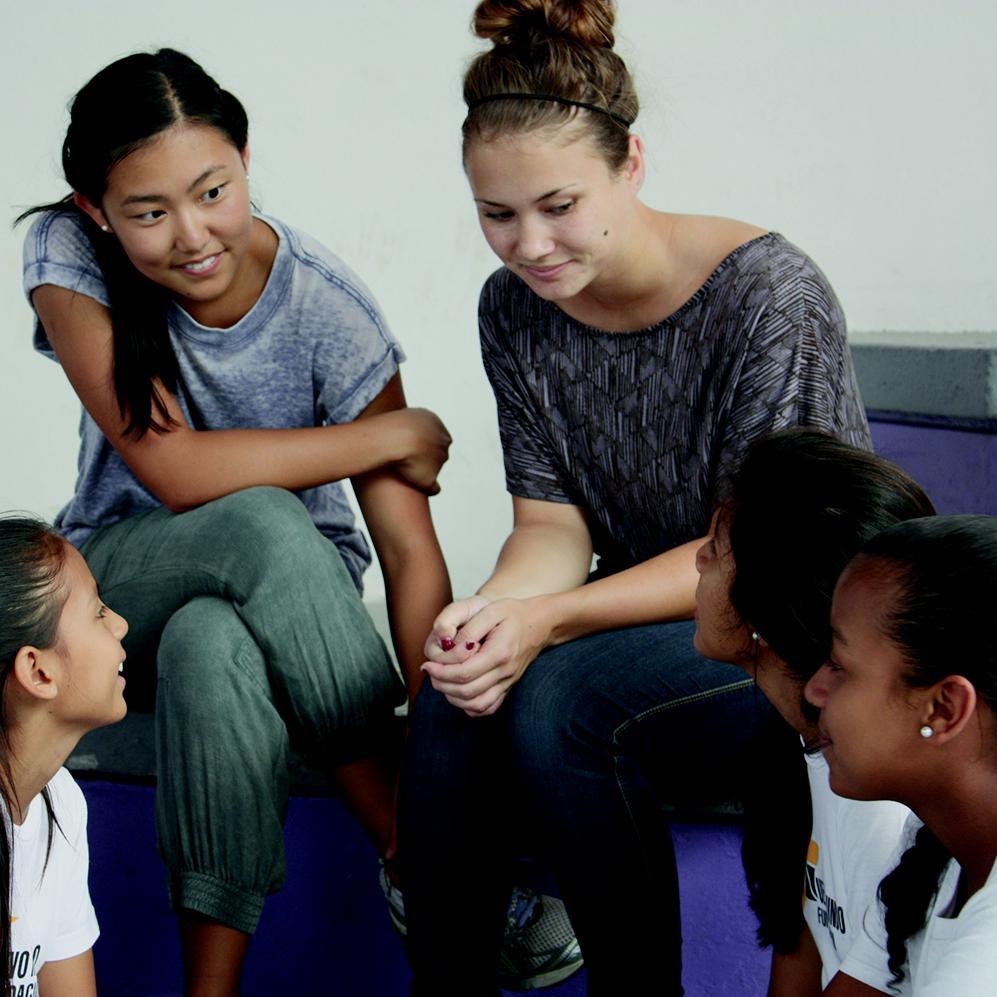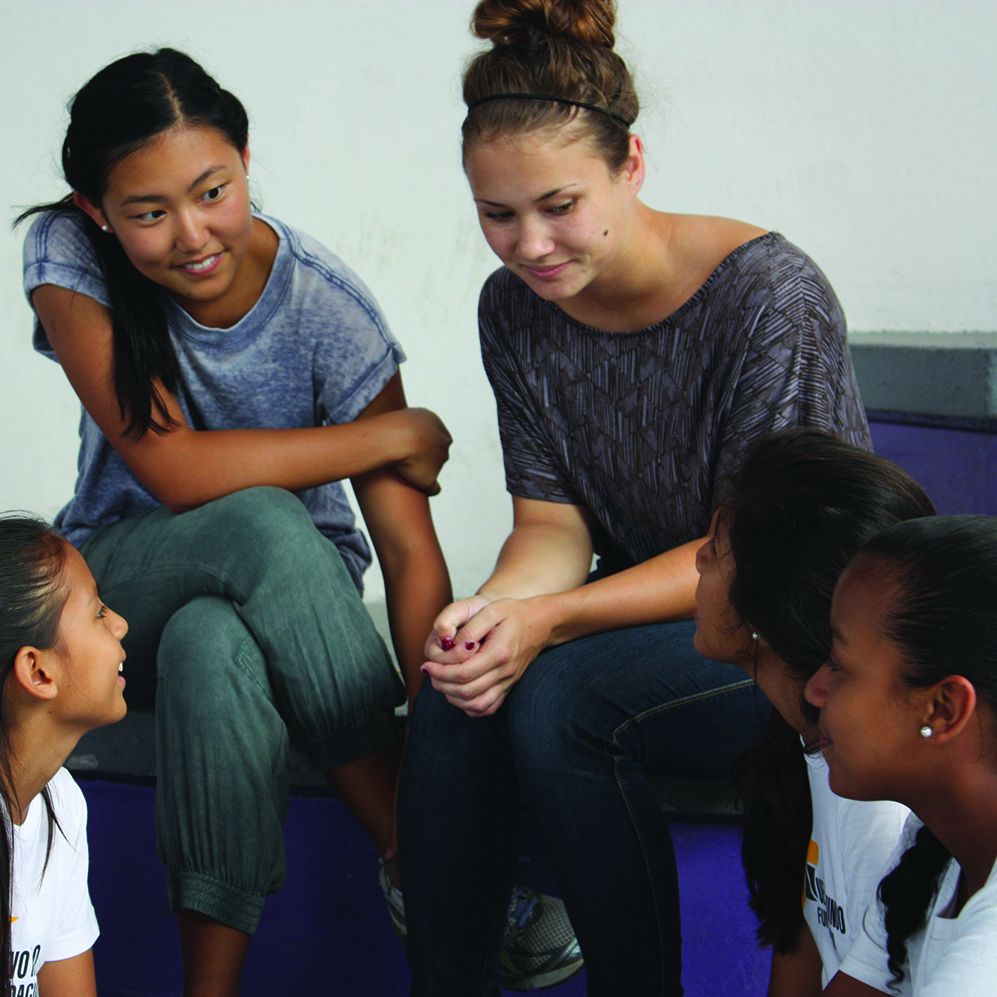
The Practice of Equality

By Graeme Warren
Assistant Professor of Practice
Carey Business School
John Hopkins University
The Practice of Equality
I first encountered the principle of equality in The Ignorant Schoolmaster, in which Jacques Rancière recounts the story of Joseph Jacotot, a French-speaking professor at the École Polytechnique in the early 19th century. Jacotot was forced, after the Second Restoration, to take a post at Belgium’s University of Louvain. He spoke no Flemish, the language of his students, yet was surprised to find that they were capable of learning French by themselves, without significant explanation, using both the original and Flemish translation of a text. Leveraging this experience, Jacotot went on to develop a theory of universal teaching based upon a set of principles for emancipatory education that rejects, in Rancière’s account, the idea of explanation—teaching or writing that assumes an intellectual inequality between teacher and student, or writer and reader. The starting assumption is that all people might be of equal intelligence (but not necessarily of equal will or attention). The axiom challenges the use of lecturing and explanation, because “to explain something to someone is first of all to show him he cannot understand it by himself.”1 Whaaaaat? Is this the end of my HOWTO YouTube Channel? Not quite, but the axiom is game-changing, in my view. Yes, the classroom will be flipped at times, lectures may be limited, and Socrates may be in attendance, but that is not all.
In the spirit of emancipatory education, I put down Rancière’s writings at one point and started to experiment with the axiom. I’ve been working with the idea in various forms for close to a decade, to migrate it from something that was, for me, mostly philosophical, into a practice. The axiom of equality calls, in my opinion, for a democratic move in my teaching that recognizes my intellectual equality to my students, and requires me to create supporting learning environments and “teach so that democracy may enter.”2 In my view, this involves the framing and practice of a special kind of sociopolitical environment in a class. Happily, it does not involve assigning a bunch of readings and assignments, and then taking one’s hands off the steering wheel on the assumption that only autodidacts sign up for my courses!
The democracy of which I hear Rancière speak of is not a process or system. Rather, it requires enactment, by those without apparent authority, of a disruption of a system of power, domination, or inequality. Democracy occurs in a political system when an underclass challenges the hegemony. I paraphrase this, in the classroom setting, to suggest that democracy is realized when class participants wrest control of their own learning processes “from me” by productively modifying their depth and breadth, rethinking their professional exchanges explore and collaborative formation with other class participants, synthesizing their experiences across courses and industries, and implementing other learning innovations. I emphasize that I do not see the creation of space for democracy as another tool to be added to the quiver of commitments for crafting a learning environment. Rather, it has forced a complete rethink on my part.
After teaching at various universities for more than 15 years, I started at SCU in fall 2015, encountering many rich and formative conversations. These included engagements in two faculty reading groups (in which we discussed the Laudato Si’ and Fratelli Tutti encyclicals), attendance at many presentations and discussions hosted by the Ignatian Center and Markkula Center for Applied Ethics, a visit to the Kino Border Initiative in Nogales, Mexico, at the invitation of the Ignatian Center, and participation in the Catholic Intellectual Tradition Seminar. I took the opportunity to study Jesuit pedagogy and mission in graduate studies in the School of Education and Counseling Psychology. I’ve breathed in conversations with ethics philosophers, educators, Jesuits, and many others on campus. In short, many exchanges at SCU have incrementally shaped my practice of the axiom of equality, which I initiated before coming to SCU, but which for me will likely forever remain a work in progress. I am broadly in pursuit of an intellectually elastic and vibrant classroom that is free of the pernicious effects of any kind of inequality, and where it is easy to find productive learning partnerships. To this end, I work to limit two forms of inequality: biases of all kinds between all class participants, and the teacher-student gap. I’ll address bias first, then discuss two of my practices related to the gap: first impressions and the case method. The practices I will describe may seem very practical and ordinary, but I claim that they dovetail to a high degree with the inspirational paradigm for Jesuit business education articulated by the International Association of Jesuit Universities3— addressing, among other considerations, the hunger for community, integrated knowledge, experiential learning, and dignified work.

SCU students at their Arrupe course placement
While I hesitate to appropriate from Massingale4 too broadly, I find resonance in the notion of a Beloved Community, in seeking a place of universal inclusion that participants want to attend and grow in and collaboratively shape, where all voices matter and get a reasonable share of airtime. In other words, a place of conversation, hospitality, testing, revision, and discovery.5 This is a huge ask in a nation and world riven with inequality in safety and justice, access to health care, income, wealth, and opportunity of all kinds. These inequalities are a part of our MBA classrooms. For example, I recall one graduate class in which several older male participants suggested, in class, to a younger female participant that the homework may be too challenging for her. I worry about the suppression of participant voice (by being talked over or talked past) on the basis of gender or ethnic or cultural group, an inclination for deference, or other considerations. I am fortunate to have been approached a few years ago by an SCU colleague enrolled in one of the graduate programs in the Leavey School of Business on the issue of gender bias in large- and small-group class settings. I have worked to implement some of the workarounds that we discussed that day by forming or shaping groups for case assignments and repeatedly stressing the importance of continuously improving norms for individual, group, and cohort behavior (team contracts) for learning processes and future professional networks. These initiatives aim to create space for all deprecated voices and ideas.
Let’s turn now to the inequality of the student-teacher gap. This is hard to dismantle when the system assigns both instructional responsibility and testing authority to an instructor of record. Nevertheless, much can be done, in my opinion, to reduce the gap. First impressions are important, so I work to learn every class participant’s name before the first in-person meeting, and then introduce myself to them using both my first name and theirs (immediately inquiring if the use of their first name is an acceptable practice). The online equivalent of this plays out in a discussion board in which I respond individually to each student’s introduction. My intention is to welcome and recognize class participants as individuals and as members of their cohort, empathically signal from the outset that I do not intend to separate myself from them through the use of titles or formality, and hopefully facilitate an easy discursive environment. This practice has worked against me when a participant’s cultural expectations demand formality, but is well received by the overwhelming majority.
My silver bullet for mediating the teacher-student gap, though, is the case method. It provides a convenient frame in which to practice the Ignatian Pedagogical Paradigm (IPP). The five elements of the IPP—context, experience, action, reflection, and evaluation—derive from the underlying values, principles, and protocols in St. Ignatius’s Spiritual Exercises. I write and make extensive use of business cases to provide natural learning milestones that, when orchestrated carefully, connect learning outcomes to participant experience and interests. My intention with the use of tailored business case assignments is to create a familiar contextual and experiential space for dialogue in which students have some prior knowledge (or are experts), thereby allowing them to leverage their experience and reduce the gap. I strive to provide several options (e.g., data sets or use cases) for each assignment in the hope that everyone will find a familiar handle to grab onto. I ladder the case assignments so that the last case in the quarter provides an opportunity for participants to reinforce prior learnings while also taking some new steps of their own choice (by implementing some novelty such as a new algorithm, their own data or use case, analysis of environmental, social, and governance considerations, etcetera).

Florent Prevos, La Giraffe, 1837, rawpixel.com
Most cases require a small-group response. Because the experience of the group process is formative, I work to shape group behavior, emphasizing the importance of peer mentoring when appropriate, and the idea that “we are here for our MBA,” a phrase that resonated enough for some to recite it in the hallways. I go out of my way to offer Zoom sessions at times that are convenient (based upon polls) to participants, including Saturday mornings and Sunday afternoons, to support execution of the cases and to provide plenty of quick and easy opportunities for dialogue and sense-making at all levels. I hope to offer enough opportunities for everyone to speak and listen (and yes, sometimes they show up just to listen to the conversation) to the extent they desire. I strive to be mindful and let them do most of the speaking. Finally, in the large-group class settings I rely on the practice of reflection, critically important in the Jesuit tradition and IPP, to close the loop on each case by collecting and surfacing common issues and innovative ideas from the case responses of different small groups for large-group discussion and evaluation. I start these reflections with the image of a giraffe to signal the desired posture of a tall mind and large heart as we work to pick through, critique, and learn from the collected quotes and results (which are all credited) from the various case responses.
Finally, I offer the axiom of inequality as a possible solution to the problem of classism and bias on campus. I refer here to gender and other types of bias, and distinctions such as those between staff and faculty and between tenure-track and non-tenure track faculty. As a member of the Lecturer’s Best Practices Task Force, I experienced a fantastic microcosm of campus culture in which I felt that all voices were heard and factored. Campus culture is currently at a great remove from that, impacted in recent times by a series of scandals, lack of empathy or willingness to engage, failure to listen, the redline of the denial of the unionization vote, and other considerations. I hesitate to prescribe, because campus must learn for itself: Culture is complex, local, and crafted by all participants. Consider this quote from the Ignorant Schoolmaster (p. 73): “It is true that we don’t know that men [sic] are equal. We are saying that they might be. This is our opinion, and we are trying, along with those who think as we do, to verify it. But we know that this might be the very thing that makes a society of humans possible.”
There is a powerful and subtle message in the axiom and the related view of democracy. I have faith that if we take the elimination of inequality as urgent primary axiom, that we can realize something like a Beloved Community.
Graeme Warren is an assistant professor of practice at Carey Business School (Johns Hopkins University). He was a faculty member in information systems and analytics at the Leavey School of Business from 2015 to 2021. His recent research interests are in constructivist pedagogy for teaching analytics in business school settings, and explainability methods in machine learning (with particular interest in applications in criminal justice data). He is a firm believer in the principle of equality.
Notes
1 Rancière, J. (1987). The ignorant schoolmaster: Five lessons in intellectual emancipation (K. Ross, Trans., 1991). Stanford CA: Stanford University Press.
2 Ruitenberg, C. (2008). What if democracy really matters. Journal of Educational Controversy, 3(1), 11.
3 IAJU. (2020). An Inspirational Paradigm for Jesuit Business Education. International Association of Jesuit Universities. Downloaded July 9, 2021 from iaju.org/file/inspirational-paradigm-jesuit-business-educationenglishpdf
4 Massingale, B. N. (2014). Racial Justice and the Catholic Church. Orbis Books.
5 Copeland, S. M. (2012). The intersection of race, class, and gender in Jesuit and feminist education finding transcendent meaning in the concrete. Jesuit and Feminist Education: Intersections in Teaching and Learning in the Twenty-first Century, 75–86.